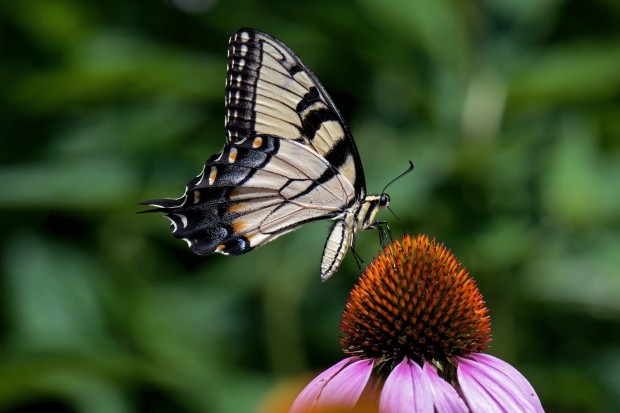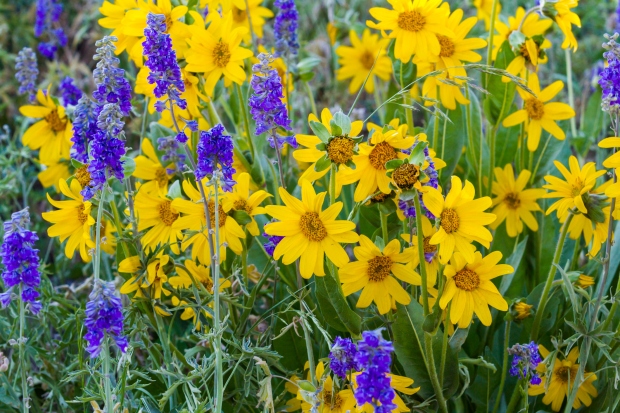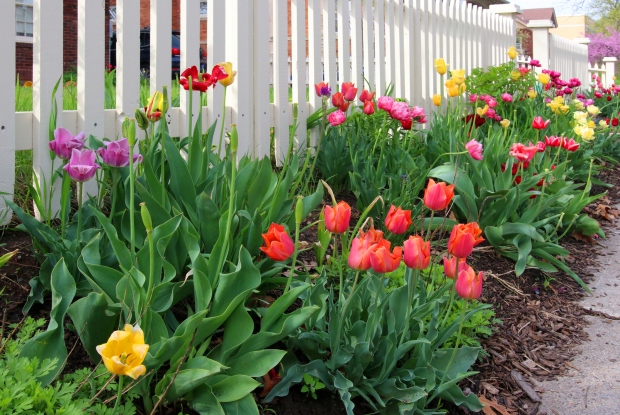Choosing Between Native and Non-Native Species
As more and more people are becoming environmentally conscious, they are opting to plant native plants in their flower beds and yards. Native plants are better adapted to grow in local areas, requiring fewer inputs like water and fertilizer.
What Are Native Species?
Native plant species are original to an area, whether that is your immediate region or a broader scope such as your state, country, or continent. According to the USDA’s Natural Resources Conservation Service, plant species are indigenous to a region if they were present at the time of European settlement.

Benefits and Disadvantages of Native Flowers
Native flowering plants are adapted to your local climate, giving them significant advantages when planted versus non-native species. On the other hand, they also have distinct disadvantages over non-natives.
Common flowers native to the United States include Black-eyed Susans, coneflower, coral bells, butterfly weed, fireweed, and cardinal flowers.
Advantages of Native Flowering Plants
- Native plants are more drought-resistant, so they require less water.
- They often grow in poor soils in the wild, so they generally need less fertilizer.
- They are hardier than introduced or hybrid species.
- Plants have better resistance to insects, pests, and diseases.
- Natives are known for attracting pollinators to your garden.
- They provide plant habitats, encourage wildlife populations in urban or suburban areas, and improve animal biodiversity.
- Plants typically have higher leaf density and can better shade weeds beneath the leaf canopy.
- Plants are better equipped to pull greenhouse gases — mainly carbon dioxide — from the atmosphere, sequestering the carbon into the soil.

Disadvantages of Native Flowering Plants
- Considerably fewer options to choose from than non-native species.
- Plants may be harder to find locally and more expensive to purchase.
- Plants tend to be invasive, so you must be careful they don’t take over your flowerbeds.
- Natives look more unkempt and wild. They don’t look as neat as non-native flowering plants.

Benefits and Disadvantages of Non-Native Flowering Plants
Non-native shrubs are not indigenous. They have been introduced to an area over time and are typically brought in because they have desirable physical characteristics.
Advantages of Non-Native Flowering Plants
- They are easier to find in retail stores and nurseries and have a wider variety of species.
- They are usually cheaper to purchase.
- Non-natives often look more manicured, fitting in more cohesively with traditional urban and suburban landscapes.
Disadvantages of Non-Native Flowering Plants
- Non-natives need more water, fertilizer, and routine maintenance.
- They are more susceptible to insect problems and diseases.
